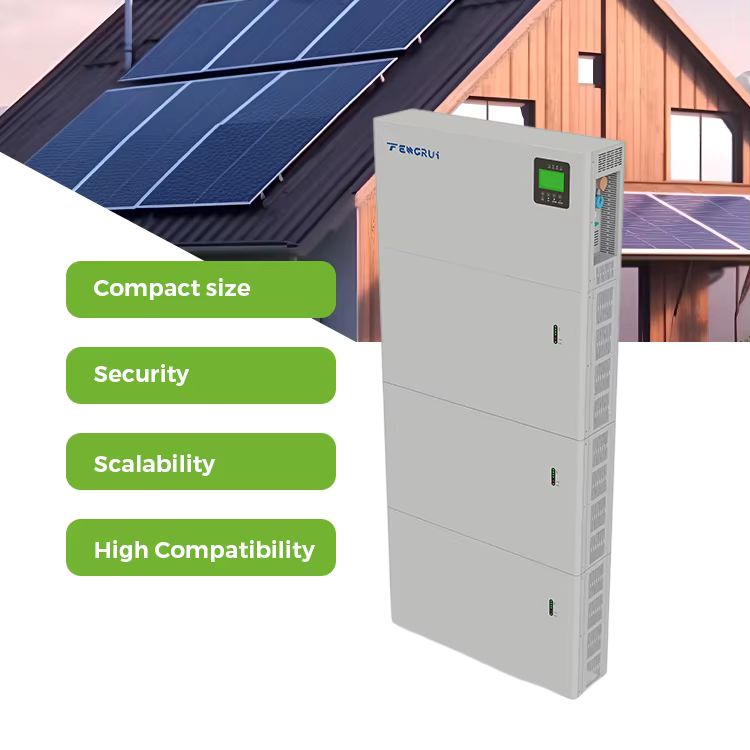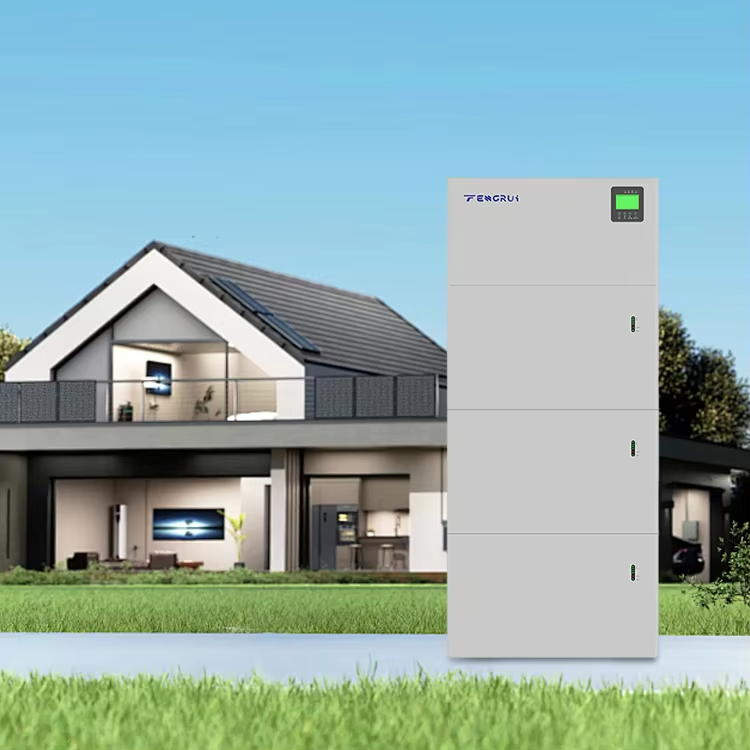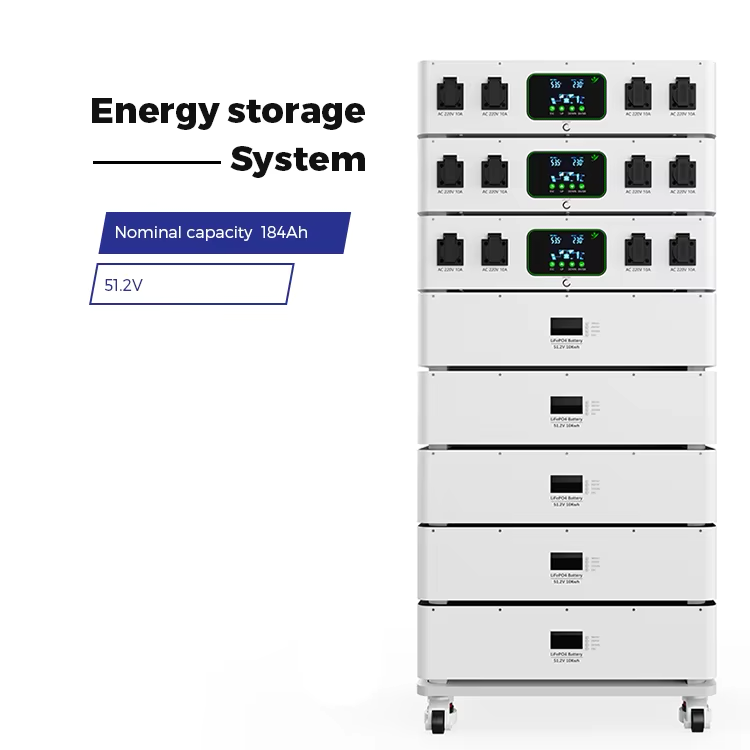solar panels & battery storage
Solar panels and battery storage systems represent a comprehensive energy solution that combines renewable power generation with efficient energy management. These systems capture sunlight through photovoltaic cells, converting it into electricity while storing excess power in advanced battery units for later use. The technology employs sophisticated inverters that manage power flow between panels, batteries, and household circuits. Modern solar panels achieve efficiency rates of up to 23%, utilizing monocrystalline or polycrystalline silicon cells that maximize energy capture even in varying light conditions. The battery storage component typically features lithium-ion technology, offering high energy density and rapid charge/discharge capabilities. These systems can be monitored and controlled through smart apps, allowing users to track energy production, consumption, and storage in real-time. The integration of solar panels with battery storage creates a reliable power ecosystem that functions during both day and night, ensuring continuous energy availability. This technology is particularly valuable for residential and commercial applications, providing energy independence and reduced utility costs while contributing to environmental sustainability.


